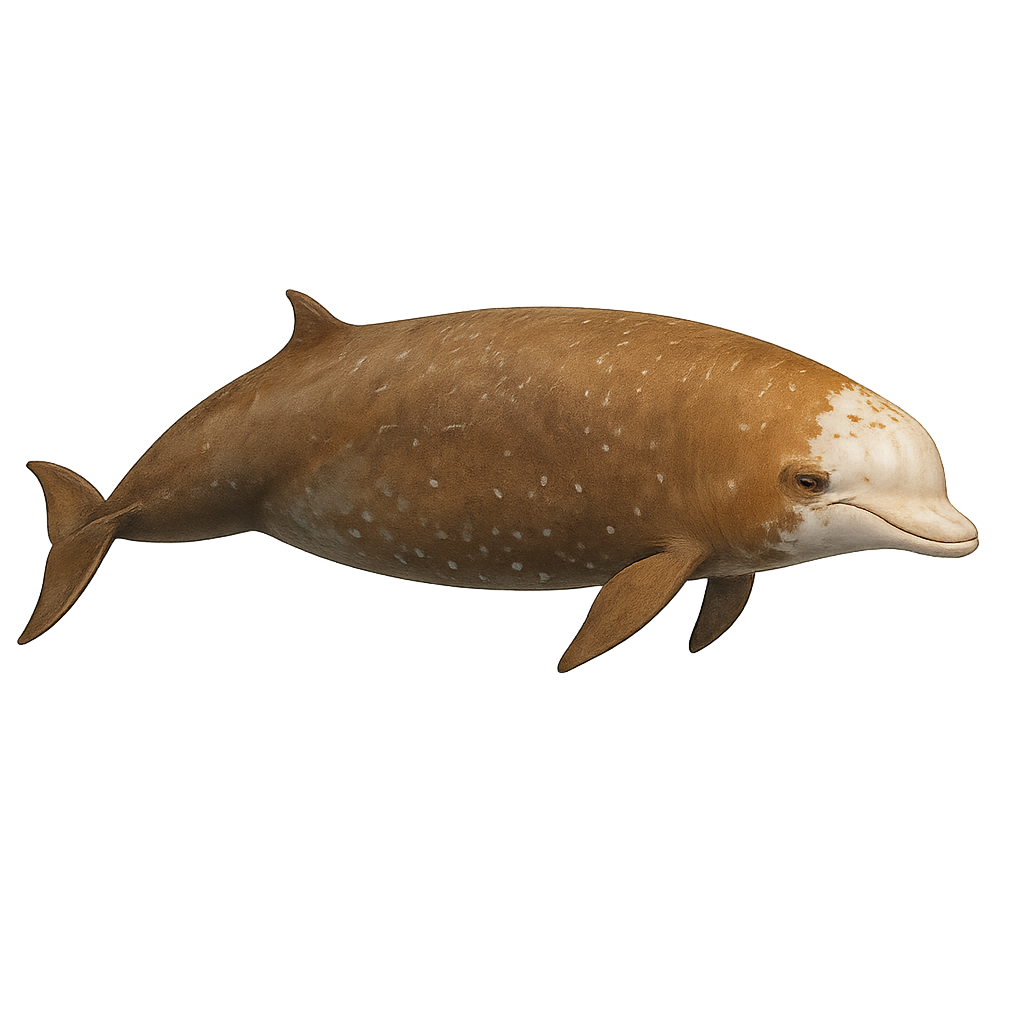Observe and photograph a species in its natural habitat
Learn where and when to observe a species in the wild, how to recognize it in the field, and what habitats it lives in. Get photography tips adapted to its behavior and capture stunning images without disturbing the animal. For full details, open the complete profile in the WildlifePhotographer app.
Cuvier's beaked whale
Scientific name: Ziphius cavirostris

IUCN Status: Vulnerable
Family: ZIPHIIDAE
Group: Mammals
Shyness: Suspicious
Safe distance: 20 m
Breeding season / Courtship: 01.01-31.12
Gestation: 30 à 40 jours
Births: 31.12-15.01
Habitat:
Tropical and temperate oceans
Description:
Cuvier's beaked whale, also known as the Cuvier's whale, is a deep-diving cetacean found primarily in tropical and temperate oceans worldwide. It is easily recognized by its elongated head and prominent beak. This cetacean is one of the deepest diving whales, capable of descending more than 2000 meters in search of food. Its diet primarily consists of squid and deep-sea fish. Although it is a difficult animal to observe due to its deep habitat, it is sometimes seen at the surface to breathe. Cuvier's beaked whale is known for its long dives and mysterious behaviors.
Recommended lens:
>=400 mm
Photography tips:
Photograph Cuvier's beaked whale using a telephoto lens, staying at a respectful distance. These whales spend much of their life in the depths, so surface sightings are rare. It is best to capture photos when they surface to breathe, using fast settings to capture the moment. Be discreet and always respect the animal by avoiding disturbance of its natural behaviors.
Ready to take action?
Choose your platform and start your free trial today



